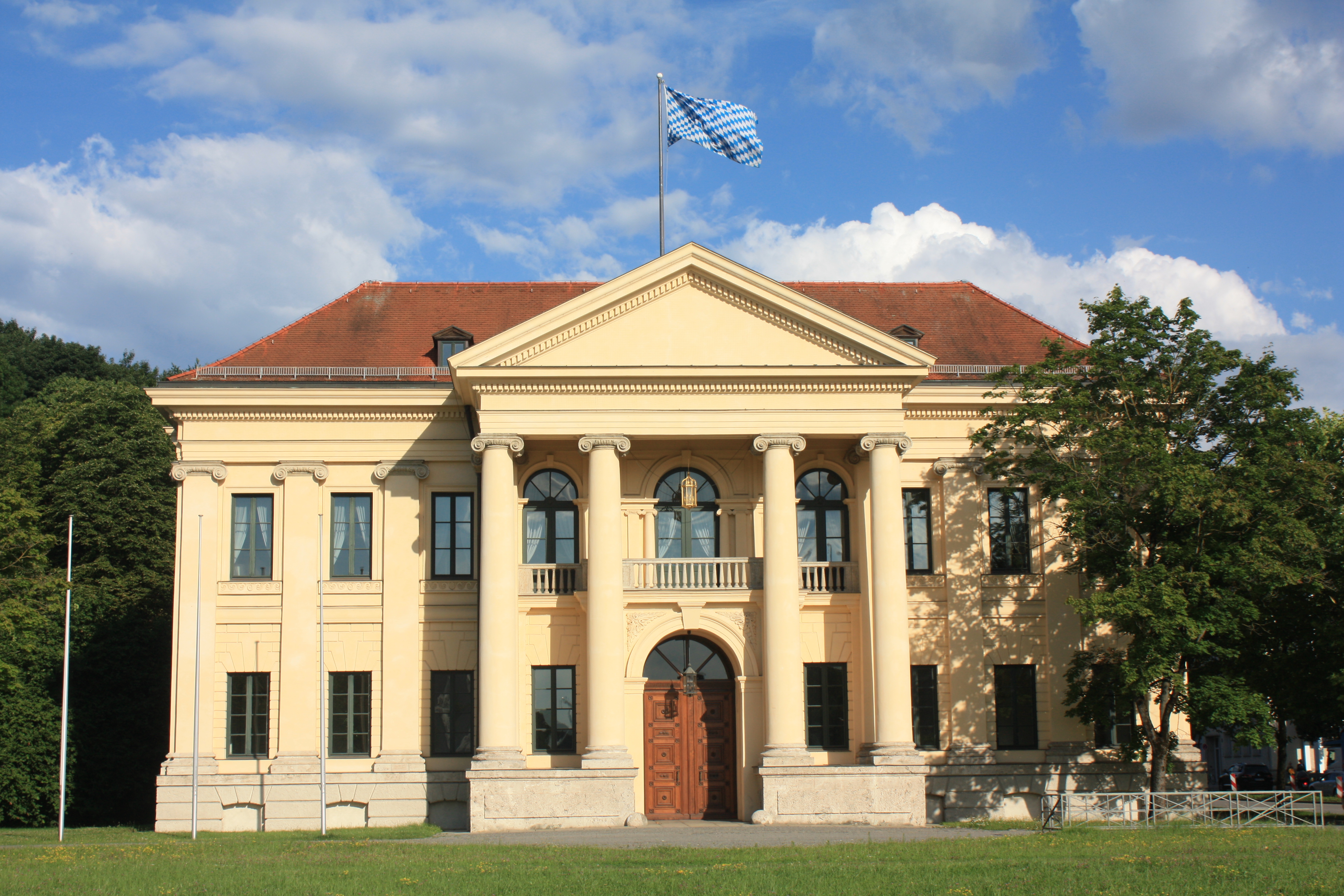Prinz-Carl-Palais on:
[Wikipedia]
[Google]
[Amazon]
 The Prinz Carl Palais in
The Prinz Carl Palais in
Munich
Munich ( ; german: München ; bar, Minga ) is the capital and most populous city of the German state of Bavaria. With a population of 1,558,395 inhabitants as of 31 July 2020, it is the third-largest city in Germany, after Berlin and Ha ...
is a mansion built in the style of early Neoclassicism in 1804–1806. It was also known as the Palais Salabert and the Palais Royal, after its former owners.
The Prinz-Carl-Palais was planned in 1803 by the young architect Karl von Fischer for Abbé Pierre de Salabert, a former teacher of King Maximilian I Joseph of Bavaria
Maximilian I Joseph (german: Maximilian I. Joseph; 27 May 1756 – 13 October 1825) was Duke of Zweibrücken from 1795 to 1799, prince-elector of Bavaria (as Maximilian IV Joseph) from 1799 to 1806, then King of Bavaria (as Maximilian I Joseph) ...
. On the death of the Abbé Salabert in 1807, Maximilian I Joseph acquired the building. After his death in 1825, his son, Ludwig I
en, Louis Charles Augustus
, image = Joseph Karl Stieler - King Ludwig I in his Coronation Robes - WGA21796.jpg
, caption = Portrait by Joseph Stieler, 1825
, succession=King of Bavaria
, reign =
, coronation ...
, gave the building to his brother Prince Carl. He ordered Jean-Baptiste Métevier and Anton Schwanthaler to decorate the rooms. After Carl's death the Palais served as Diplomatic mission for Austria-Hungary from 1876 onwards before it became a residence for the Bavarian Prime Ministers in 1924.
References
*C. Karnehm, "Bauten und Denkmäler im Englischen Garten einst und heute von A-Z",110-133 (121-2 on the Prinz-Carl-Palais) in P. von Freyberg (ed.) ''Der Englische Garten in München'', Munich: Knürr, 2000. *J. H. Biller and H.-P. Rasp, ''München, Kunst und Kultur'', 134–5. Munich: Südwest, 2006.External links
Buildings and structures in Munich Neoclassical architecture in Munich Palaces in Bavaria Tourist attractions in Munich Maxvorstadt {{Germany-palace-stub